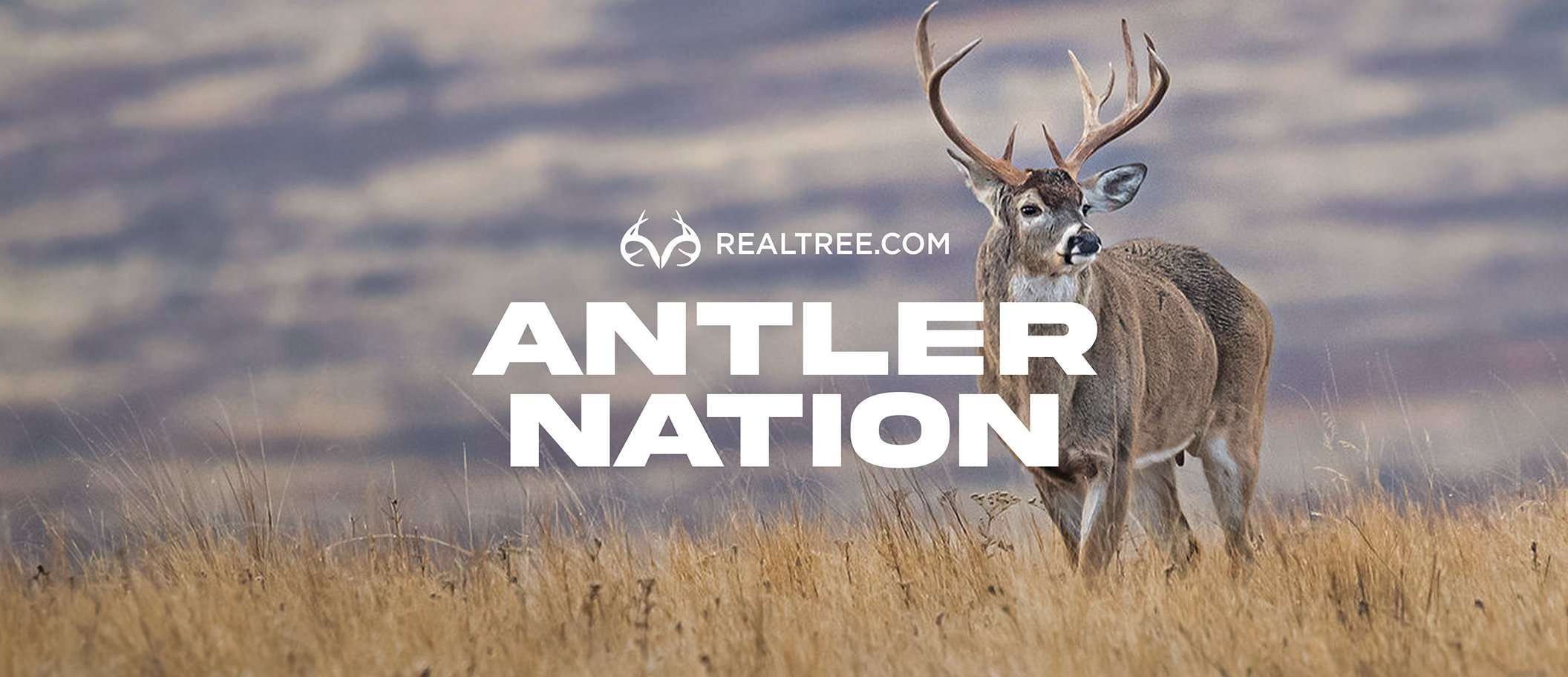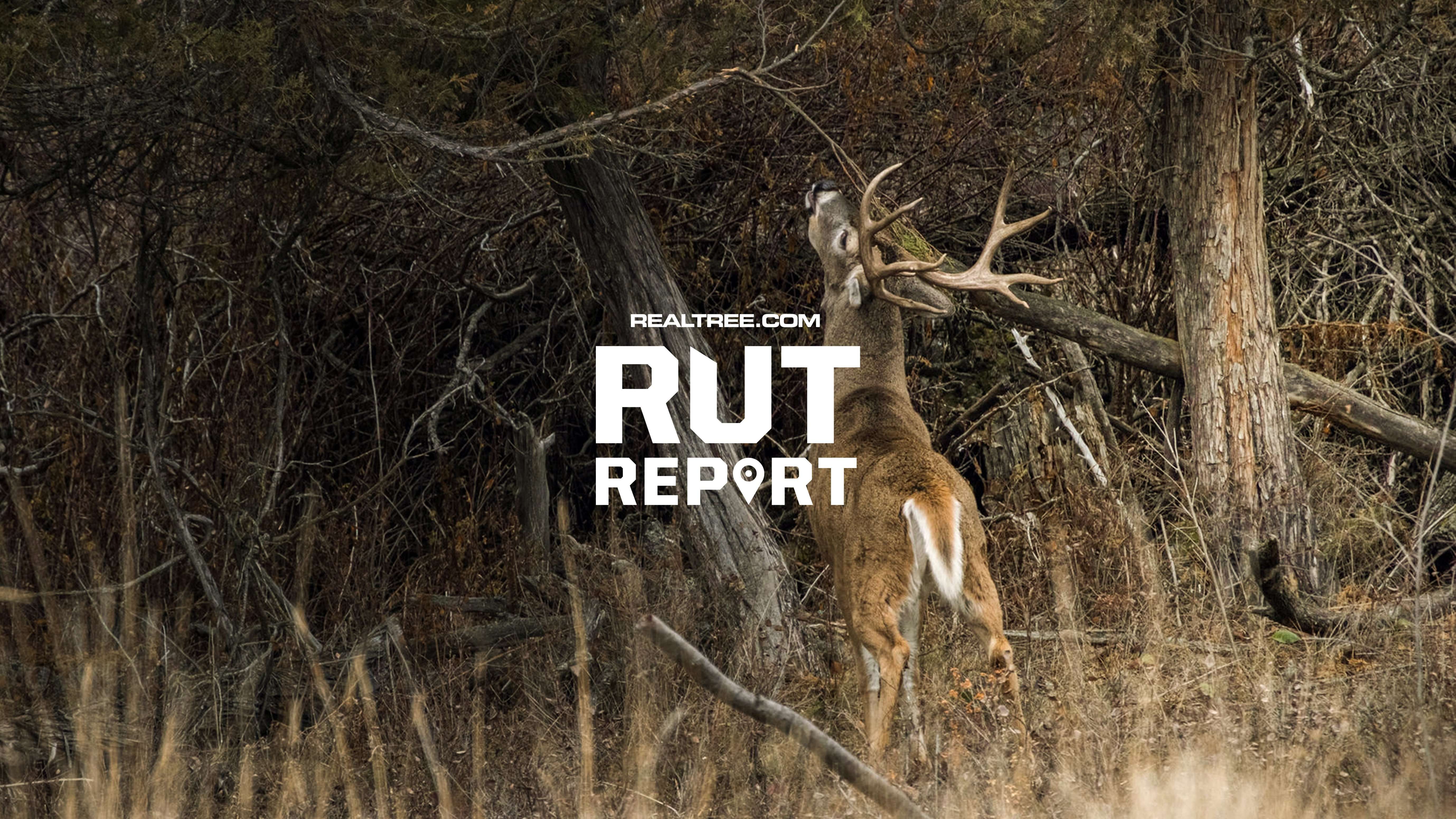Turkeys have rebounded a bit in some southeastern states. Are later hunting seasons and reduced bag limits playing a role?
There’s no doubt that hunters throughout the Southeast have observed declining wild turkey numbers over the past decade. That’s been the dominant topic of conversation in the wild turkey world for years now, but there has been at least one silver lining to it. Because of all the concern, more new research has been conducted on wild turkey ecology over the past few years than ever before. And because of that research, a number of states — often at the insistence of hunters — have tightened their turkey hunting regulations by shortening seasons, reducing bag limits, and in some cases prohibiting tactics like decoys and fanning. After several years, are any of those measures working? Some data suggests that they are.
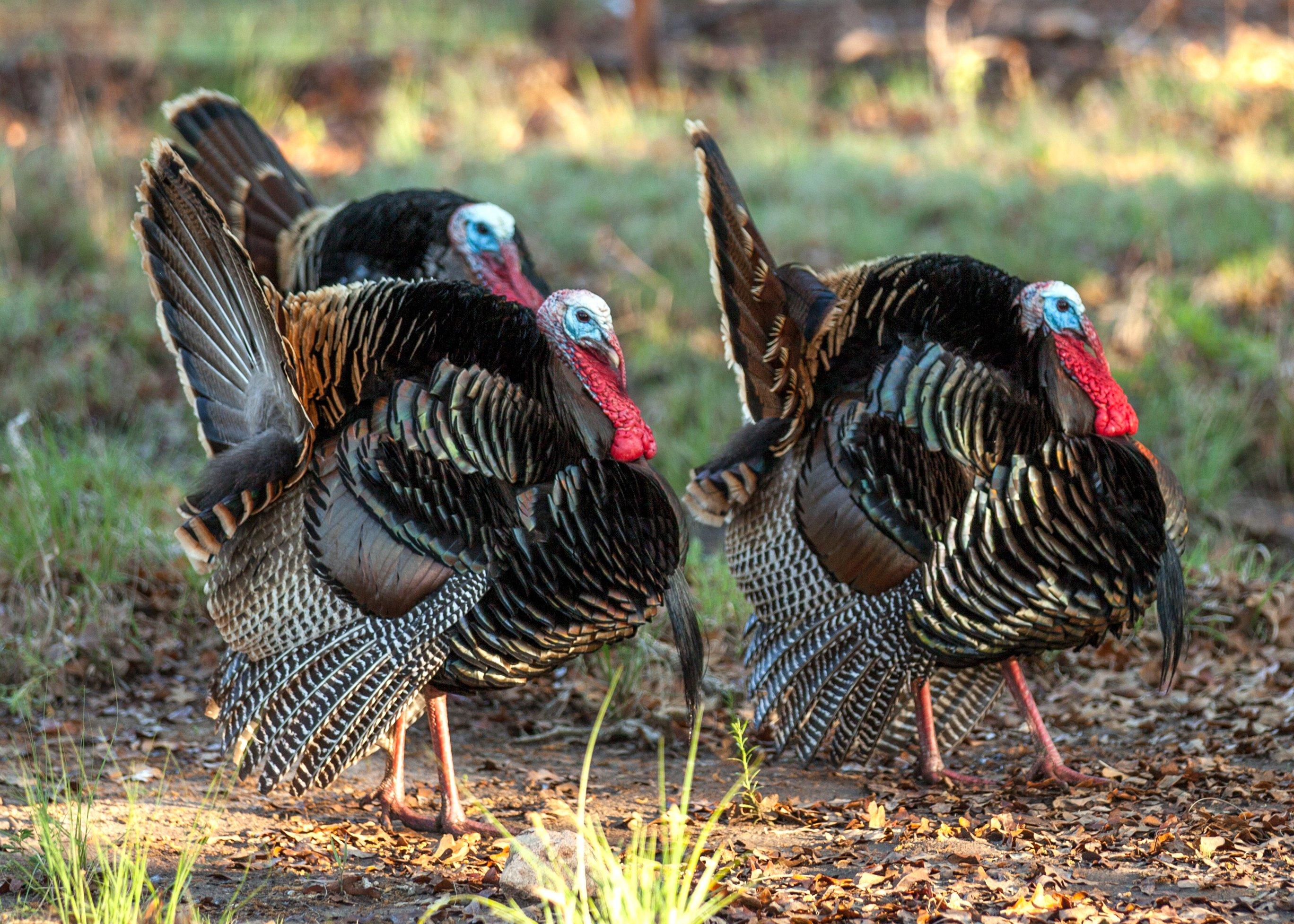
Are recent season and bag limit restrictions helping southern turkeys increase population numbers? Image by David Scott Dodd
Noted turkey biologist Dr. Bret Collier, adjunct professor of wildlife ecology at Louisiana State University, is cautiously optimistic that turkey numbers are indeed on the rise in certain areas. “First, we probably need to stop comparing turkey populations and reproduction rates to the restoration phase when turkeys were massively expanding throughout their home range,” he says. “Today, we have to look at overall population numbers, both male and female, verses harvest rates. In many areas, harvest rates are indeed declining. Now, is that a function of an overall population decline, or a decline in available males?”
Back five to 10 years ago, when turkey hunters and state agencies started noting those declines in harvest data, many started tweaking hunting season dates and harvest limits to lower pressure on male birds. Many southern states noted that other states with later seasons and lower bag limits weren’t seeing the same declines.
“It’s important to note that science has proven that hunting harvest is generally additive to natural mortality for male turkeys, and that natural mortality for male turkeys is generally pretty low,” Collier says. “What that means is that, if we don’t kill a gobbler in a given season, there is about an 80 to 85 percent chance that that gobbler will still be alive the following spring. There is a lot of research on hen and poult retention, but not as much for adult gobblers. New studies are looking at gobbler retention after the stricter harvest limits and season timing and seeing that we are gradually starting to recruit more adult males.”
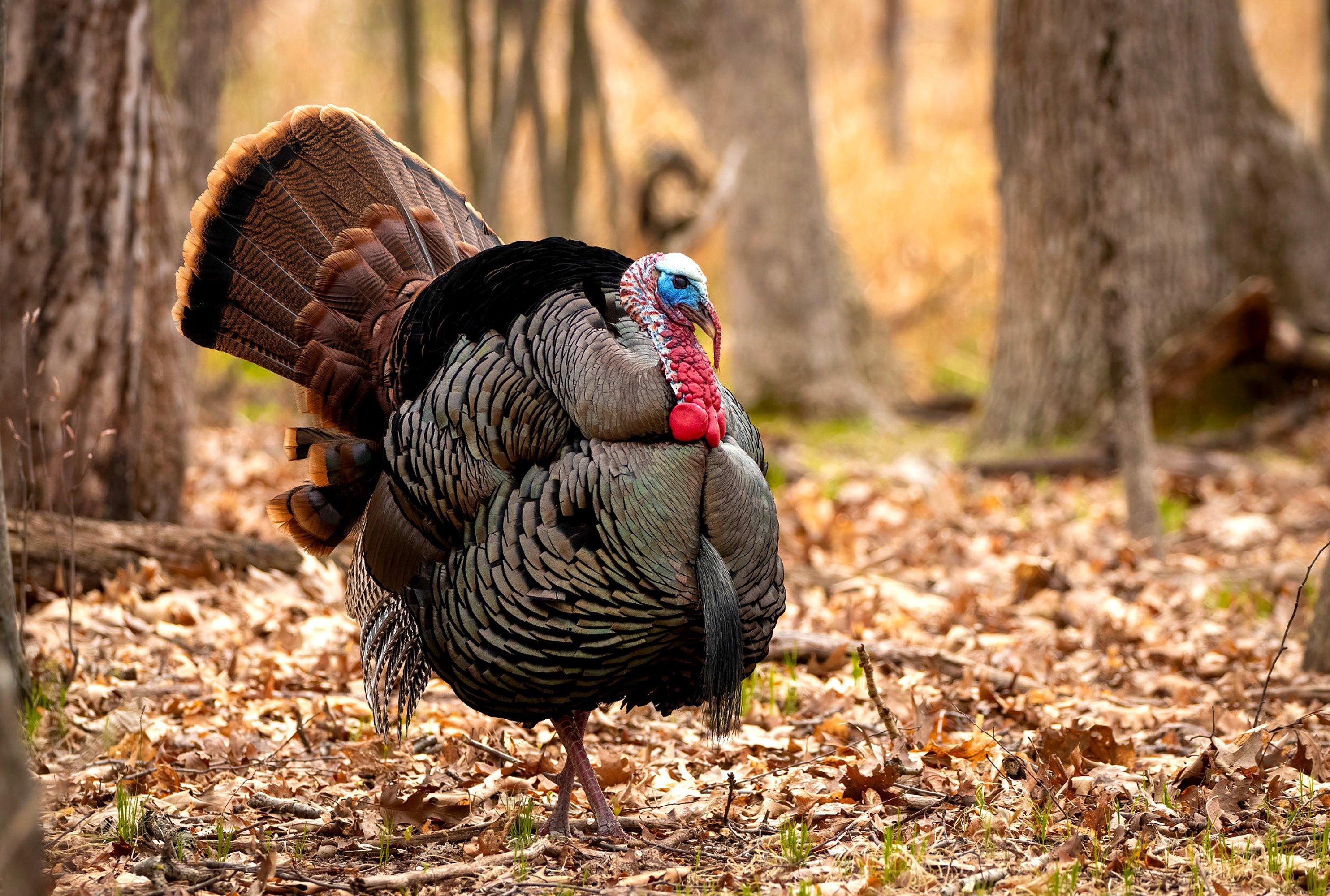
Most wild turkey studies have focused on hen survival and poult recruitment, but some new studies are focusing on survival of adult male birds. Image by Nahian Aronno
Collier adds that in some states, the more restrictive season frameworks in place now are actually closer to what they were years ago. “We are seeing season dates get back closer to what we had during the restoration phase of the wild turkey, before social pressures and an increased number of available birds pushed state agencies to move seasons earlier and limits higher,” he says.
Don’t Miss: THE BEST .410 TURKEY LOADS OF 2025
Those increased gobbler numbers and later season start dates are important. An 11-year study out of Louisiana helps tell the tale. Starting in 2018, when season dates were pushed back and bag limits lowered, nesting dates started to trend up to nine days sooner. And multiple studies have shown that earlier nests tend to be more successful than later nests.
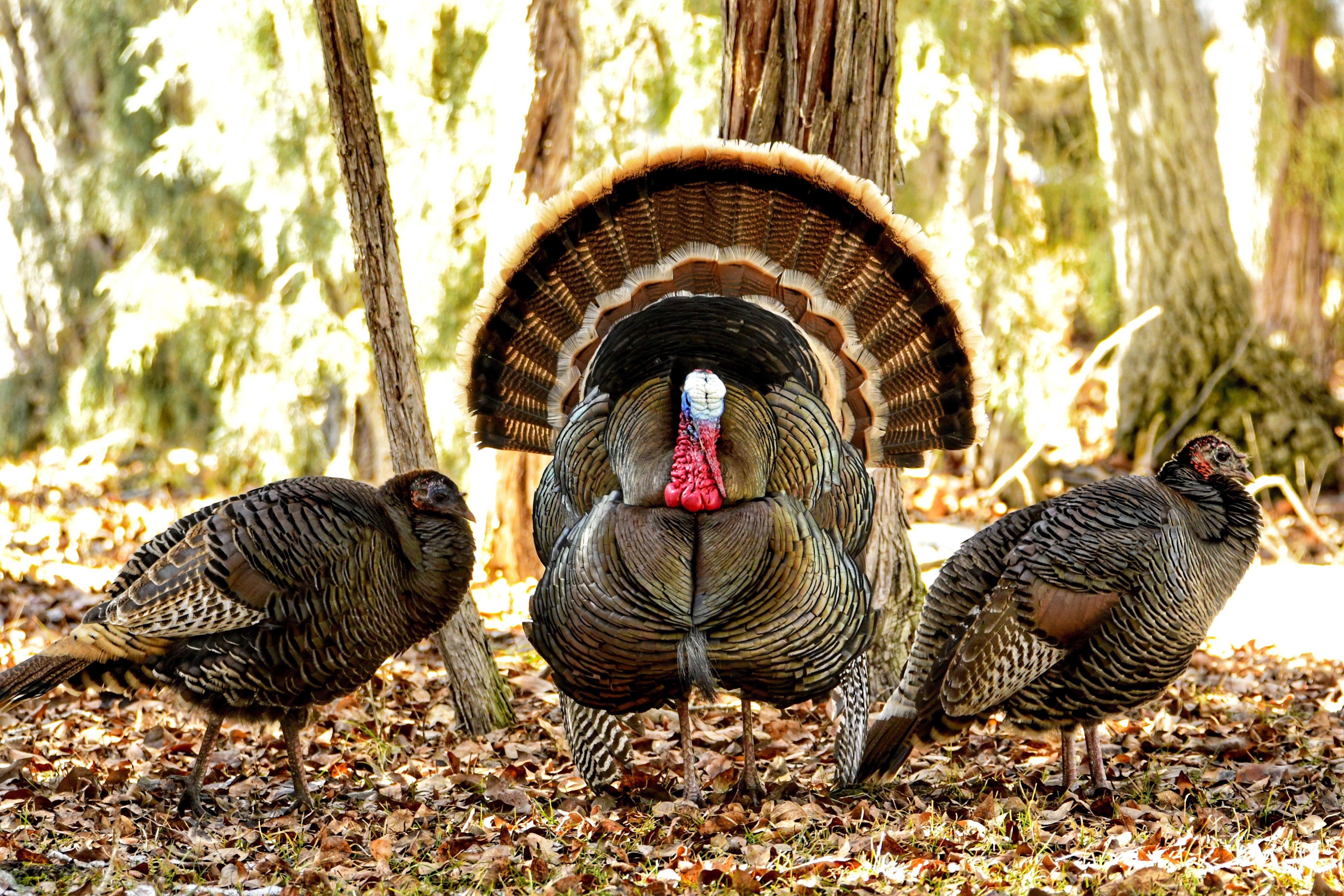
For wild turkeys, earlier nests are always more successful and later hunting seasons can tend to lead to more successful early nesting attempts. Image by Kirk Geisler
Collier believes that later seasons are a good thing. “I’ve long said I was going to get hats made with this slogan, ‘Hunt Em Late So They Can Mate.’ Everyone wants to save the poults, but you have to have poults on the ground before you can save them. If hunting seasons are disrupting breeding, we aren’t getting the maximum number of poults each spring,” he says. “For nests to be successful, we need turkeys to breed, we need them to breed early, because early nests are always more successful than later nests. I’m a turkey hunter first, so I know the urge to get out there as soon as possible once season opens, but I think some of this new research is causing hunters to step back and take a hard look at the turkeys they hunt. Many are starting to ask themselves if they really need to hunt as soon as season opens or even fill their limit.”
HATCHING MORE HENS?
Even though we are starting to see increased recruitment of adult male birds and lower harvest limits in many southern states, we still might not be growing enough poults to keep the population stable. “I published a paper in 2007 that showed eggshell sex study ratios trended about 55 percent male birds. More recent studies have shown that trend reversed, so that now we are seeing more females produced than males and we aren’t really sure why,” Collier says. “To keep the population growing at this rate with current harvest numbers, we would need to see a poult per hen average of 2.5 to 3.”
While recent springs have noted an uptick in poult-per-hen (pph) numbers, most states still aren’t close to that 2.5 to 3 pph average. Brandon Earls, upland game-bird coordinator for the Alabama Department of Conservation and Natural Resources, said the 2023 statewide poult-per-hen ratio in Alabama was low, at around 1.26 poults per hen, but increased in 2024 when the survey indicated 2.0 poults per hen.
Emily Rushton, senior wildlife biologist and wild turkey project leader for the Georgia Department of Natural Resources, said that the 2023 statewide poult production in Georgia was close to the 10-year average of about 1.5 pph, but increased slightly in 2024 to 1.8, higher than the 10-year average. Other southern states are experiencing similar numbers. South Carolina saw 1.6 pph last spring, a slight increase over the past two surveys, but still well under the 2.5 average in the early 2000s.
One state to closely watch is Tennessee. The Volunteer State went from having one of the most liberal season structures in the country, with a four-bird limit and early start date through 2021, to a two-bird limit and mid-April start by 2023. Poult per hen surveys there in 2022 averaged 2.1 birds, but increased to 2.4 in 2023 and 2.8 in 2024.
Don’t Miss: GUIDE TO SOUTHERN TURKEY HUNTING
“One thing we should note is that hunting pressure on turkeys is still increasing. In fact, turkeys are one of the only species that is still seeing climbing participation numbers,” Collier says. With that in mind, even though there might be fewer turkeys on the landscape, not every state is seeing a decline in harvest. Many are still harvesting a similar or even rising number of birds. “This past spring (2024), we harvested our third-highest-ever number of turkeys statewide at 33,460 birds,” says Zak Danks, turkey program coordinator with the Kentucky Department of Fish and Wildlife Resources. In 2024, Florida saw an estimated harvest of 14,513 birds, a 28 percent increase over 2023 and one of the highest for the state since 2018.
So, while turkey populations seem to be slightly rebounding throughout the South, it’s not time to pop the champagne corks yet. “What state agencies strive for is to maximize hunter satisfaction and opportunity while still maintaining or growing turkey populations,” Collier says. “That means we need to be producing more, or at least as many, male birds as we are harvesting each spring. It’s a balancing act, and like all aspects of turkey biology, it goes back to habitat. We aren’t likely to see the millions of acres of habitat we have lost to development and changing agriculture practices over the last 30 years come back, so we have to maximize production on what we have left and manage seasons so that we are at least maintaining population numbers. Hopefully, some of these new regulations are accomplishing that.”
Check out our latest Camo pattern: Realtree APX




